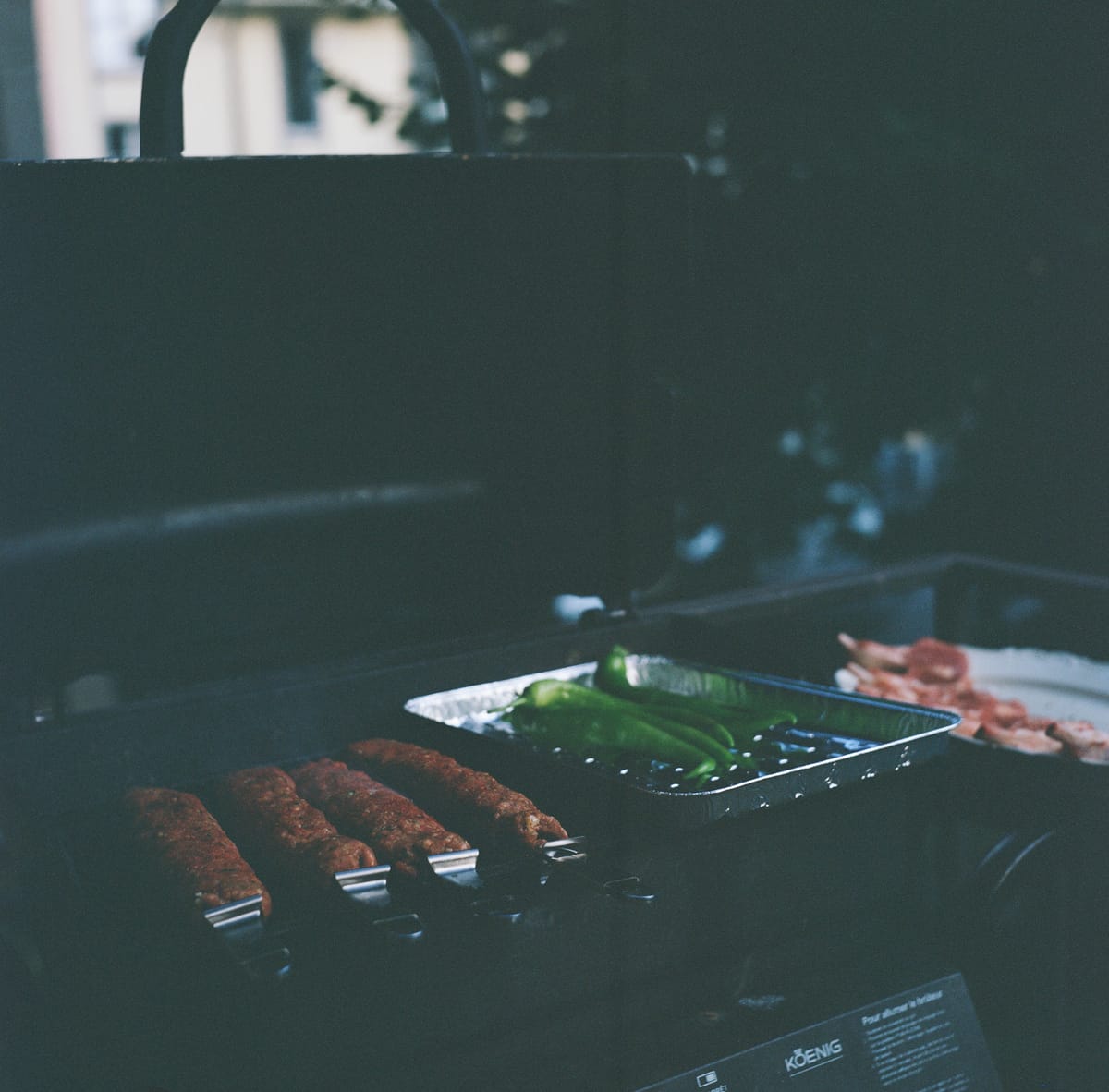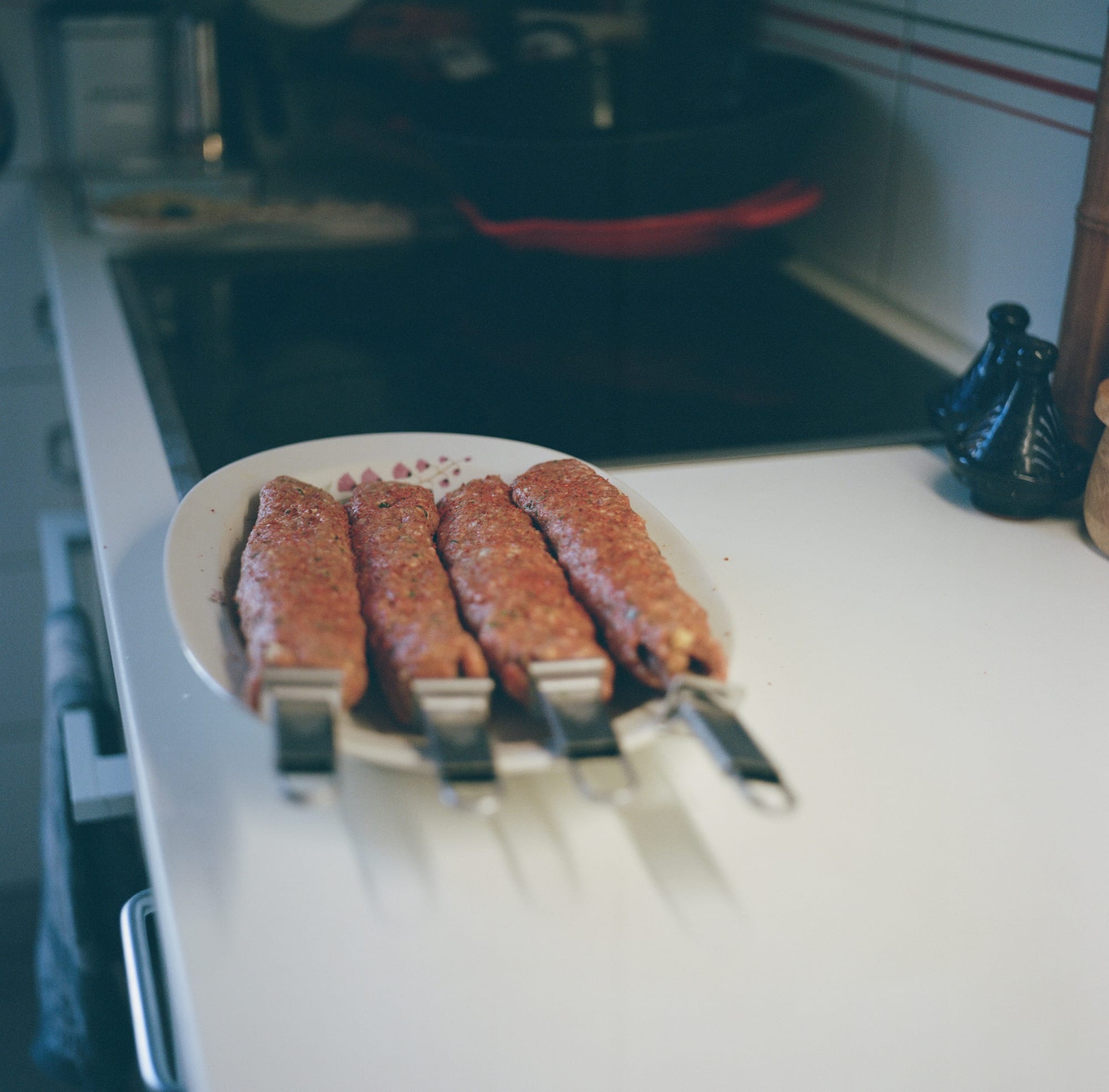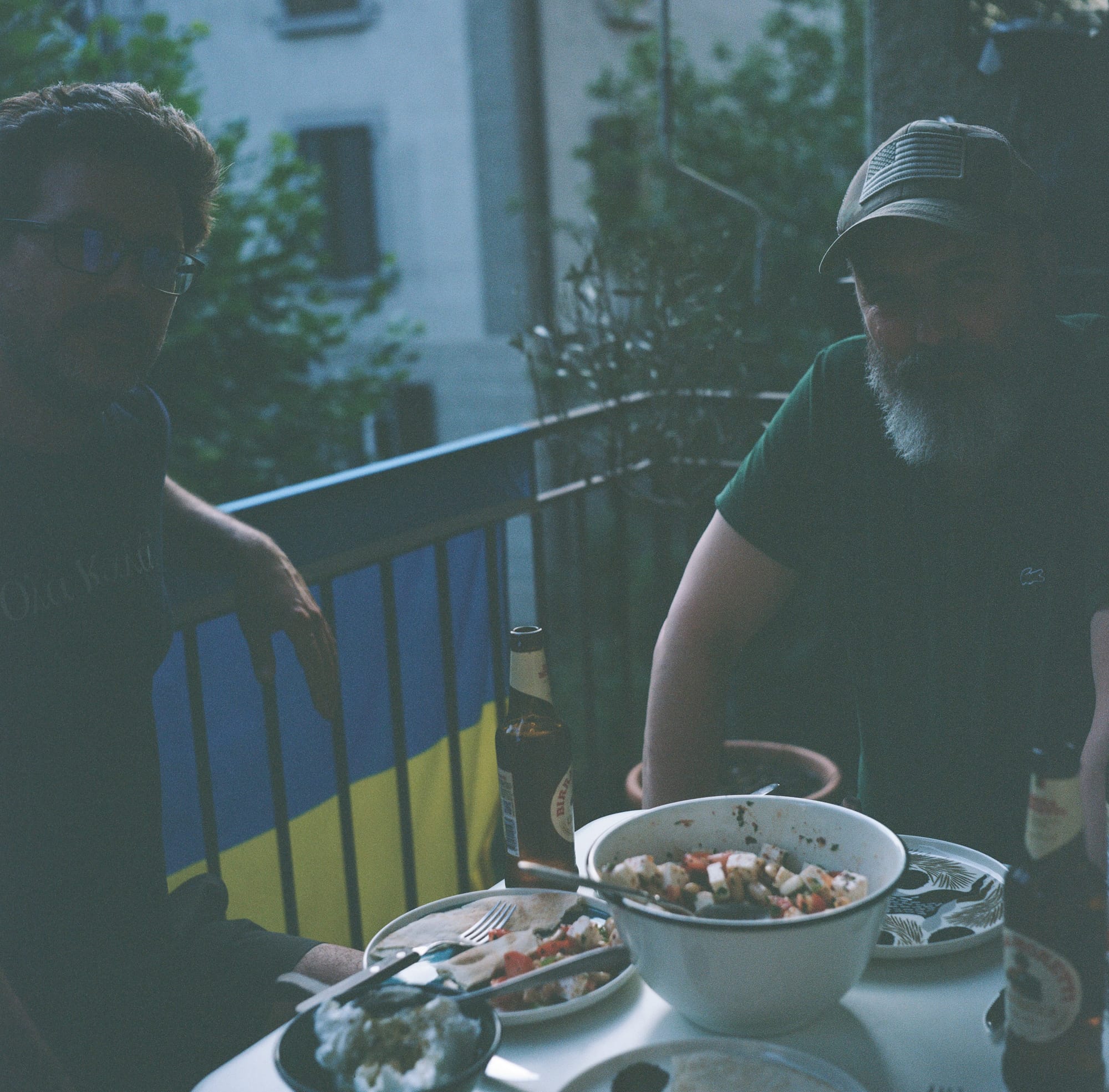What to eat TÜRKIYE 🇹🇷 Adana kebab
...perhaps due in part to the Sumerian etymological origin, the precise invention of kebab is unknown. Perhaps it even dates back as far as mankind learning to use fire? Adana kebab is rather obviously named for the fifth largest city in Turkey...

Adana kebab
Published October 18, 2025 · by Amanda Rivkin Häsler
Kebab comes from the Sumerian word "kabuba" meaning to char, though it is used in Arabic and Turkish to denote meat dishes. Interestingly and perhaps due in part to the Sumerian etymological origin, the precise invention of kebab is unknown. Perhaps it even dates back as far as mankind learning to use fire?
Adana kebab is rather obviously named for the fifth largest city in Turkey. Located near a major US military base, Inicirlik, and the final terminal of the Baku-Tbilisi-Ceyhan oil pipeline, the southern Turkish city is a Mediterranean paradise for meat eaters and kebab lovers in particular.
The only time I visited, on a National Geographic Society grant while traveling the length of the pipeline route, we ended our journey at the apartment of my fixer and translator's aunt. Airy and delightful, we were served tea and talked about where to have the best Adana kebab before we left from the airport. Shortly after we found ourselves in a tiny kebab stall not so far away chasing down deliciously spicy kebabs with just a bit of ayran and of course, çay in the tulip shaped glasses customary across the Anatolian peninsula.

Originally known as kıyama kebabı, literally minced meat kebab, or simply kıyama in Adana and Mersin, Adana kebab is one of many variations famous across Anatolia, but Adana is known as the spiciest of the bunch. However, whether it comes from Adana itself or is the product of evolution after centuries of Turkic history is another matter.
Some sources argue Adana kebab is a fusion of Turkish and Arabic cultures, while others argue that because the roots of much of Ottoman cuisine comes from the East, that the eyalet of Aleppo is perhaps the true origin of this delectable kebab. Curiously, the apparent lack of an original recipe and the Sumerian origin of the word itself leaves open even more questions about the evolution from the earliest meals of mankind.
Officially, Adana claims the kebab and features it prominently on the city's official gastronomy website, where references are made to culinary influences from the West, Near East, Arab cultures and Anatolia. While the city obtained denomination of origin status in 2005 so it can issue geographical registration through the city's Chamber of Commerce, such titular achievements of recognition do little to resolve the battlespace over its origins retroactively. However, from that point on all future Adana kebabs after that should carry such a label "In order to maintain the standards of Adana kebab."

Recipe:
Ingredients:
750 grams of ground halal lamb
1/4 of a large white or yellow onion
20 grams of parsley
3 tablespoons of clarified butter
2 tablespoons of pul biber
1 tablespoon salt
1 teaspoon sumac
Step 1: Rinse parsley with cold water and pat dry. Place in a food processor along with the onion. Combine and set aside.
Step 2: Place the lamb in a bowl with the remaining ingredients. Then add the onion and parsley and mix with your hands.
Step 3: Form softball size balls with the minced lamb combination.
Step 4: Take long shish kebab skewers and use your hands to flatten the lamb along the skewer, using your fingers to create a slightly wavy pattern. After kebabs are formed, dust with pul biber on both sides and place in the refrigerator until ready to grill.
Step 5: Heat up the grill, either charcoal or gas though charcoal is more traditional, and grill flipping the kebabs until you can probe with a fork in the middle that they are done.
Tips, tricks and notes:
In Bern, we go to Furkan Metzgerei at Schlossstrasse 99A for halal meat and Turkish products. You can also buy ground lamb already spiced for Adana kebab (and köfte as well) there. They also sell the long green peppers that grill nicely and usually accompany Adana kebab on the plate, as well as flat bread and tomatoes.
Instead of grilling tomatoes, though, we went with ezme salad consisting of finely diced onions, tomatoes, red peppers and parsley and spiced with pul biber, sumac, salt and pepper and a white broad bean or fasulye take on a traditional shepherd's salad (çoban salatasi) with green peppers (same as the grill) instead of cucumbers and cubed feta cheese.
We also bought labne and baklava at the Levant Supermarkt at Genferstrasse 8 near the main rail station. To serve the labne, we added a little bit of olive oil and za'atar, a spice that is more Arab than Turkish but really perfect with labne, as we opted not to make a cucumber Turkish yogurt salad.
Learn where to eat Turkish food in Switzerland.
Follow our social media pages @swissglobaldining on Instagram, TikTok and YouTube